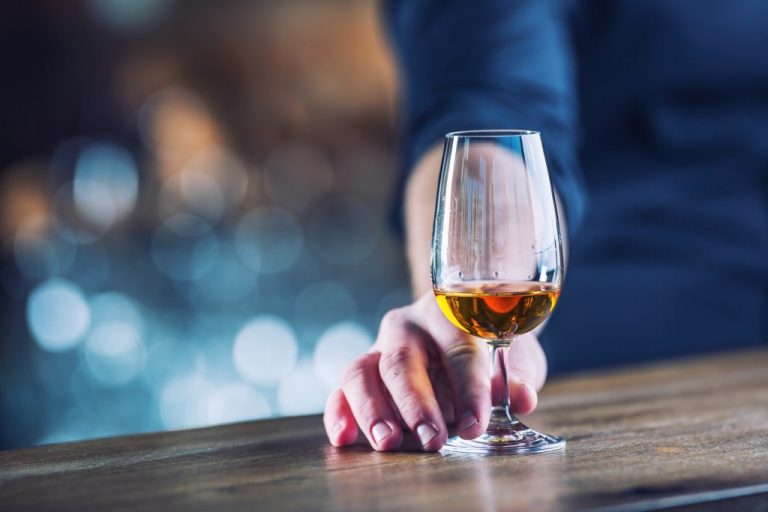17 Aug Pharmacotherapies and personalized medicine for alcohol use disorder: a review PMC
Many people have difficulty quitting alcohol use, and medications may make it easier for some people to stick to their treatment plans. Naltrexone is not as effective in people who are drinking at treatment initiation. In addition to choosing the type of treatment that’s best for you, you’ll also have to decide if that treatment is inpatient (you would stay at a facility) or outpatient (you stay in your home during treatment). Your healthcare provider can help you evaluate the pros and cons of each.

The drug is not currently FDA-approved for the treatment of AUD, but clinically it is prescribed off-label. Despite its off-label clinical use, an estimated 20% of patients taking topiramate have dropped out of AUD-related clinical trials of this drug due https://g-markets.net/sober-living/12-addiction-recovery-group-activities/ to its side effects [94]. Despite strong evidence for a genetic role in AUD, with heritability estimates between 50 and 60% [16–20], the degree to which genetic variants can influence individual differences in treatment response remains elusive [8].
Does Alcohol Lead to Alcoholic Nose?
Naltrexone is most effective in patients who have shown an ability to quit drinking before they receive the medication, according to the U.S. According to a 2014 Cochrane review, duloxetine was reported beneficial for the treatment of diabetic neuropathy and fibromyalgia (Lunn et al., 2014). Nevertheless, the 29 Best Group Therapy Activities for Supporting Adults French medical journal Prescrire branded duloxetine as a good drug with considerable risk of side effects (Prescrire International, 2014). Duloxetine increases DA specifically in the prefrontal cortex (PFC), where there are few DA reuptake pumps, through the inhibition of NE re-uptake pumps (Stahl, 2013).

Chronic alcohol use results in changes to stress biology, irritability, and autonomic arousal. During acute alcohol withdrawal symptoms, the brain and hormonal responses produce anxiety and heightened arousal, which increases craving and the risk of alcohol relapse. Flight or fight response systems, anxiety, and stress are important factors known to increase alcohol and drug relapse risk. Prazosin may normalize these stress system adaptations, reduce alcohol craving, and reduce overall alcohol intake. Celikyurt et al, evaluated the effects of quetiapine in adult male Wistar rats on AWS. Quetiapine was compared with other medications after giving ethanol (7.2% v/v for 21 days).
Medical and non-medical addiction specialists
It has also exerted favorable effects in rat models of alcohol dependence. To further study the pharmacokinetic or pharmacodynamic interaction in between ABT-436 and alcohol, Katz et al., (2016) conducted a single-dose clinical study in twenty moderate alcohol drinkers. Each individual received the 4 possible combinations of a single 1,000 mg ABT-436 dose (or matching placebo) and a single 0.5 g/kg alcohol dose (or placebo for alcohol) in a double-blind, randomized, 4-period crossover study.
- Each individual received the 4 possible combinations of a single 1,000 mg ABT-436 dose (or matching placebo) and a single 0.5 g/kg alcohol dose (or placebo for alcohol) in a double-blind, randomized, 4-period crossover study.
- Behavioral treatments are aimed at changing drinking behavior through counseling.
- First, they should use the standardized set of outcome measures as advised by the FDA to evaluate the efficacy of treatment response.
- Ibudilast is a neuroimmune modulator that inhibits phosphodiesterase (PDE)-4 and PDE-10 and macrophage migration inhibitory factor (MIF).



No Comments